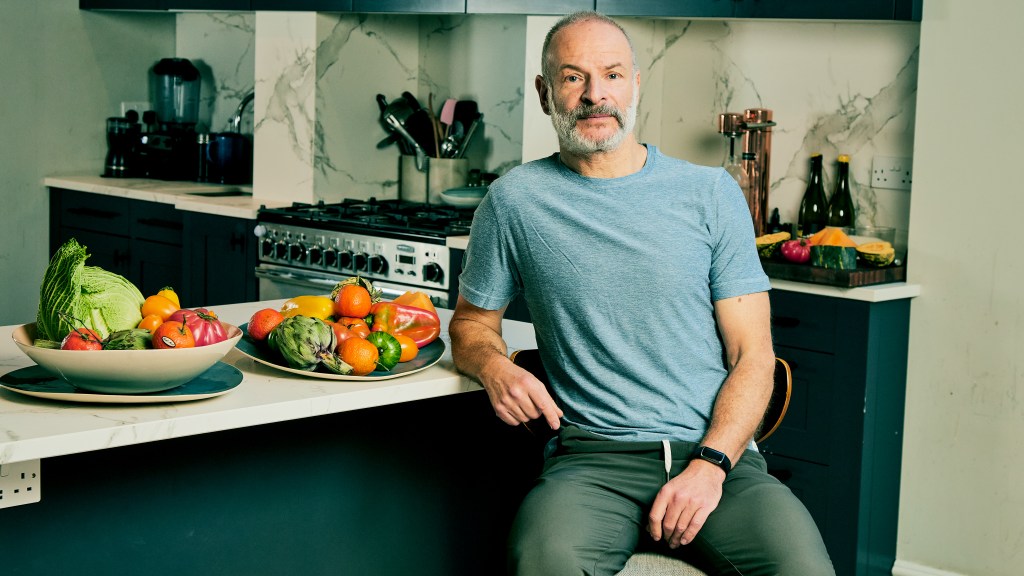Navigating Fitness in My Sixties
On the morning of my 60th birthday, I felt compelled to exercise despite suggestions from my family to take a break. They provided reasons grounded in logic: I’d already exercised the day before, the weather was forecasted to be cold and rainy, and we were in Berlin to enjoy ourselves. Yet, it was important for me to take that step outside. It symbolized resistance against the notion of aging and a challenge to any who might underestimate me.
My journey with fitness has transformed into a fundamental aspect of my life, especially as I’ve entered my sixties. During my thirties and forties, I juggled work and workouts during lunch breaks. Now, at 61, my schedule allows me to focus on refining my weekly exercise routine, which currently includes three days of weightlifting, two days of short runs accompanied by calisthenics, a day of sprints, and a long, leisurely run.
As a freelance health journalist, I interact with personal trainers, coaches, healthcare professionals, and fitness influencers, testing and implementing their advice practically. I actively engage in various physical activities such as bear crawls, plyometrics, and supersets based on their insights.
One key takeaway from my interactions in the fitness community is embracing enthusiasm. Unlike the ironic atmosphere of the 1990s and 2000s, today’s fitness culture thrives on positivity. Exercising fundamentally represents optimism; embarking on a 5k run is hardly a pursuit steeped in negativity.
During my outdoor calisthenics sessions, I frequently encounter the same midlife personal trainer, and while I don’t know his name, our shared camaraderie adds warmth to my experience. My approach to fitness encompasses cycling, boxing, weightlifting, and various running paces without a strict specialization. I prioritize overall wellness rather than competing with others.
Even though I don’t specialize, lifting heavy weights forms the core of my weekly routine, as I strive to preserve muscle mass, which we naturally lose with age. Weight training has evolved; once reserved for athletes or bodybuilders, it is now accessible and beneficial for anyone looking to stay fit. Therefore, I recommend learning the correct form before gradually increasing weights to challenge oneself.
There’s supporting evidence that resistance training, coupled with high-intensity cardio, can enhance testosterone levels. Personally, I have observed a remarkable retention of drive, energy, and optimism similar to what I experienced in my thirties.
For cardiovascular fitness, I maintain a dual approach: long, steady runs once a week and shorter, faster sprints. My goal is to run for an hour each Sunday without obsessing over pace or distance. While the first few minutes can be daunting, I eventually settle into a rhythm, and within 30 minutes, I find joy in the experience.
Incorporating hill sprints into my routine, which I tackle at maximum effort, can significantly increase my heart rate and build my VO₂ max—the capability of converting oxygen into physical movement, essential for longevity. Together, steady running and sprints contribute to both health and calorie burning.
Though calorie expenditure is a focus for me, there’s also an aspect of aesthetic goals. I glance in the gym mirror not just to check form but also to observe my physical condition. My aim is to maintain a flat stomach rather than pursuing an unrealistic ideal. My goal is simply to avoid a beer gut, understanding that achieving visible abs requires a much lower body fat percentage than I’m aiming for.
My eating habits have shifted from previous indulgences to a diet focused on protein and vegetables, which make up the bulk of my meals. In this new structure, I enjoy significant portions of salmon, chicken, or beef, accompanied by various vegetables while limiting carbohydrates.
When it comes to drinking, I’ve established new personal guidelines. While I have fond memories of spending time in pubs, I now limit alcohol intake to Fridays and Saturdays, opting for smaller, lighter drinks to keep calorie consumption low and experiences intentional. My experience has taught me that the initial few drinks tend to be the most enjoyable.
At my height of 5ft 7in and weighing just under 70kg, I can deadlift sets of 10 at 80kg, complete 14 pull-ups, run around 6.15 minutes per kilometer, and perform 50 push-ups without excessive strain. My cholesterol and blood pressure are within normal ranges, and my resting heart rate is below 60. While many individuals may outrun or outlift me, I feel incredibly strong and healthy, arguably better than ever.
If you’re currently leading a sedentary lifestyle, don’t measure yourself against others. Begin with small steps, like taking a simple daily walk, and if you happen to spot a peer engaging in similar activities, consider sharing a friendly smile as a motivator.
Establish Consistent Eating and Exercise Routines
Your body thrives on routines that align with cues such as daylight, meals, and physical exertion. I make it a point to eat lunch around the same time daily and follow it up with exercise, signaling my body when it’s time to sleep and prepare for the upcoming day.
Challenge Yourself without Overexerting
In every workout, I ensure to push myself but recognize when to pull back, preventing the risk of injury. At 61, I prioritize my well-being over external pressures, focusing on balanced and sensible training.
Set Manageable Goals Instead of Grand Aspirations
If you’re just starting your fitness journey, it’s natural to envision drastic transformations. However, realistic expectations yield better results, like committing to run a mile tomorrow or walking to the next bus stop—incremental steps lead to lasting change.
Acknowledge Your Weaknesses Rather than Ignore Them
I admit my affinity for a sweet bun in the afternoon. Ignoring this craving can lead to impulsive indulgence, so I negotiate with myself—permitting a few buns weekly while retaining control over my choices.




Post Comment